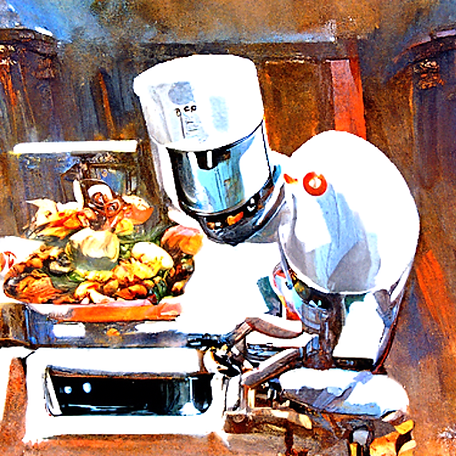transcuradoria #1_
guest curator: alice granada
@artes.alheias

Societal discourse about itself – how we think about ourselves and this whole mess we’ve been setting up to deal with each other – is increasingly centred on the idea of digitality. Although long past are the days of John Perry Barlow-like techno-optimism regarding the autonomy of the digital realm, it appears we have learned, collectively, very little since then.


QNO
J V C T V - from the 'EPURE 3D' series, 2021
Acrylic paint, acrylic wool and CRT TV
Although the world-as-we-knew-it is visibly crumbling – politically, economically, epidemiologically, if not aesthetically, too – we gladly lend ourselves to futuristic technotopias, hoping that maybe one or two new fictions will help make the world a better place – or at least distract us amidst the ongoing doom.

John Bumstead
BSOTD044, from the 'Broken Screen of the Day' series
Photograph of damaged LCD screen
Some of the largest capital conglomerates worldwide seem bent on convincing us that cyberspace (in latter days, the ‘metaverse’) is indeed the new home of the mind. Astronomical amounts of money (and electricity) are spent daily to inscribe logs on decentralised digital ledgers and not on anything resembling “material” production.

In face of all the sponsored ads and promotional material selling real estate inside computers, it is easy to forget: people still get hungry, and someone’s still gotta cook lunch. You can’t smoke brisket and ribs in the metaverse (although unsurprisingly women can still get harassed there). You (probably) can’t relish on your NFT love. If enough servers go down (or providers unpaid), your bored ape may turn into a boring 404 error, but the oil paintings in a gallery can likely withstand a DDoS attack.

Apolinário
a robot chef cooking a meal by James Gurney
Image generated by CLIP-guided diffusion AI
Cyberwars are quietly fought at every moment, but only the very physical shelling of civilians has really gripped the world’s attention. Working from one’s bedroom during quarantine might’ve saved companies, but crushed our mental health by depriving us of (veritably non-fungible) human contact for what felt like decades. The line may go up or down, but matter still matters.

QNO
Peugeot 106 twisted - from the 'EPURE 3D' series, 2021
Polystyrene, fibrous polyester resin, acrylic paint, acrylic wool
Matter also matters in the presence of human skill, choice, or intuition in artistic creation, a point made explicit in various ways by the artists invited to it’s a digital world, but someone’s still gotta cook lunch, our trans-curation inside (or friendly invasion of) Metatopia. Woven fabric, oil paintings, sculptures, and other traditional media, in the hands of Gabriel Pessoto, Bryant Girsch and QNO, help bring to fore the actual aesthetics of digital representation, highlighting how much work our perception has to do in order for us to see not pixels or polygons, but model humans or environments.
.png)
Gabriel Pessoto
conteúdo delicado, 2020
Crayon and coloured pencil on paper
100x70cm
Similarly, the polygonal mesh structure visible in Nikita Diakur’s animated 3d shorts using random elements and genetic algorithms (painstakingly programmed by a person) cannot help but remind us with humour of how much human work is still behind in making the simplest kinds of physical movements viable in a digital model of space.

The weight of human labour in crafting the digital is doubly stressed by taking a closer look at the aesthetic exploitation of hardware interventions: the engineers behind LCDs could hardly anticipate the vibrant possibilities afforded by broken laptop screens, elected to become art by John Bumstead, acting as both artist and curator of glitch effects. Nor – I believe – did the developers behind old school video game hardware (busy trying to fill the screen with as many polygons as technically possible) stop to consider how circuit benders such as Emotion.Engine_ might solder PS2 circuits to yield fascinating results.

Emotion.Engine_Still from video-demo of a copy of 'Caution, Seaman' running on a circuit-bent PS2
The same curatorial role is crucial in the work of video makers Deksonato and Denis Volnov, who show that video moshing, as any other technique, is ultimately dependent on creative decisions made by the artist - on which references to use, on which moment to intervene. As a form of communication, and not simple decoration, art still requires a sentient speaker.

Even in the age of well-learned machines that can dream of worlds we never thought of, the flesh-based minds of artists/coders like Vadim Epstein and Apolinário remain key in curating what mathematically coherent pixel matrices will please our eyes and minds. Humans remain pivotal in creating – and destroying – everything that is most essential to humans. Lunch’s ready.
Alice Granada, 2022

Vadim Epstein
Still from untitled video
GAN-based AI-generated video (0'54")
